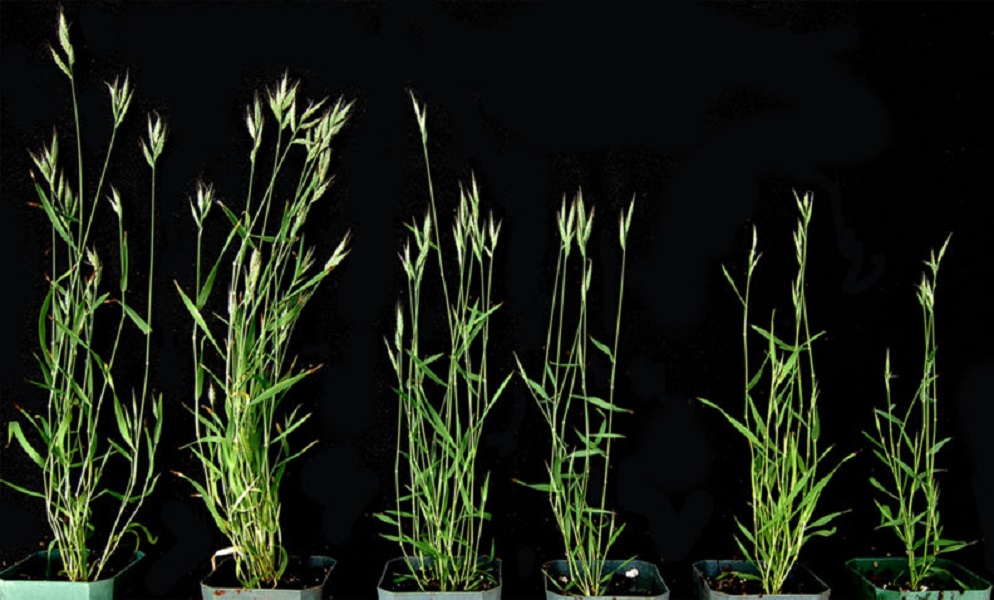
Protein Found to Switch on Part of Plant's Drought Defense
May 27, 2020| |
MAP20 protein is a key component of plant cell walls. Its physiological function remains to be a mystery, thus a team of scientists investigated its effects on a plant's response to drought.
Scientists from the Washington State University, Princeton University, and Université Côte d'Azur collaborated to study the MAP20 and test its functions through several experimental designs using genetics, cellular structure analysis, cell biology, and biochemistry. They determined that the protein is mostly found in the developing xylem, and it centers on pits that are responsible for inter-cellular fluid movement. Pit structure is known to play a role in a plant's response to drought: it prevents embolisms in vascular cells during drought.
During the experiments, the scientists found that plants that lacked MAP20 had lower survival chances – it affected the development of the vasculature system, caused lower yield, and increased the plant's susceptibility to drought. They concluded that MAP 20 acted like a switch that changed the size of pit and pit membranes, thereby helping make smaller pits with thicker membranes during drought thus preventing embolism. The scientists are optimistic that their findings can lead to future research to breed better-yielding crops with optimal vascular structure despite drier climates.
Read the press release from Washington State University and the full paper in New Phytologist for more details.
| |
You might also like:
- Plant Proteins Identified to Play Roles on Cell Protection against Self-Harm
- Prion-like Protein Found in Plants
- New Database for Identifying Functions of Plant Genes
Biotech Updates is a weekly newsletter of ISAAA, a not-for-profit organization. It is distributed for free to over 22,000 subscribers worldwide to inform them about the key developments in biosciences, especially in biotechnology. Your support will help us in our mission to feed the world with knowledge. You can help by donating as little as $10.
-
See more articles:
-
News from Around the World
- Study Puts End to Intense Scientific Debate on Peanut's Origin
- Survey Shows Most Australians Don't Know the Difference Between Bacterial and Viral Infections
- FSANZ Rules GM Potatoes Are Safe, Calls the Public to Comment
- Researchers Find Genes to Save Ash Trees from Deadly Beetles
- Genetic Discovery Explains Barley's Sodium Tolerance
- Bumblebees Poke Leaves to Help Flowers Bloom Faster
-
Research Highlights
- Protein Found to Switch on Part of Plant's Drought Defense
-
Plant
- Experts Identify Genome Editing and Other Innovations to Accelerate Food System Transition
-
Health
- First Human Trial of COVID-19 Vaccine Found Safe and Induces Rapid Immune Response
- Coronavirus Has Two Versions and One is Not More Harmful, Study Finds
-
Read the latest: - Biotech Updates (December 17, 2025)
- Gene Editing Supplement (December 17, 2025)
- Gene Drive Supplement (February 22, 2023)
-
Subscribe to BU: - Share
- Tweet

